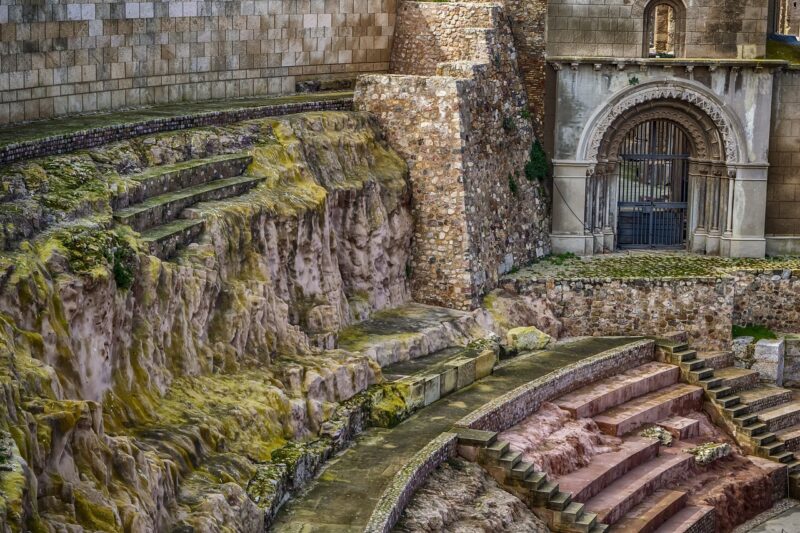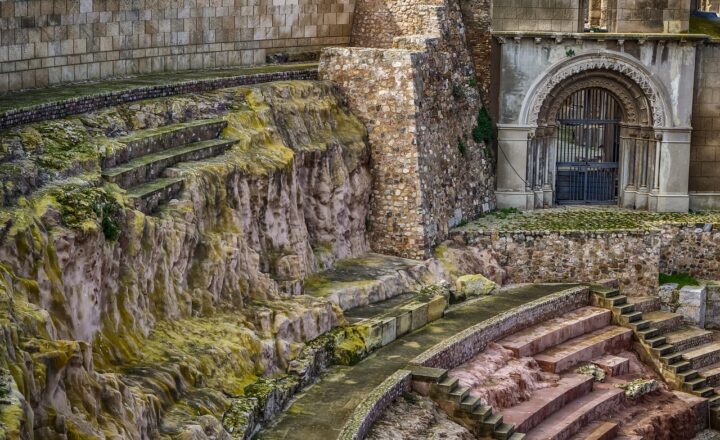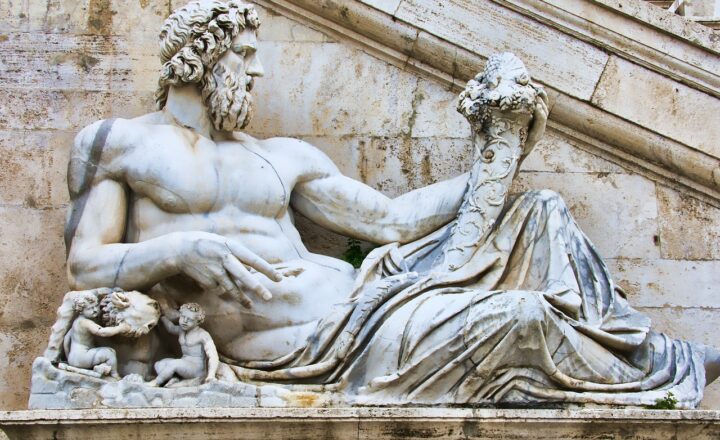
The story of Ancient Rome is one of remarkable transformation, from a modest settlement beside the Tiber River to one of the most influential empires in history. Spanning over a millennium, Rome’s evolution involved strategic military conquests, political innovation, cultural integration, and socio-economic developments that reshaped the ancient world.
1. The Foundations of Rome: From Myth to History
According to mythology, Rome was founded in 753 B.C. by Romulus, who, legend says, killed his twin brother Remus to gain control of the new city. This narrative symbolizes the fierce independence and ambition that characterized early Roman culture.
However, the reality of Rome’s rise is more intricate. Archaeological findings indicate that Rome began as a collection of huts on the Palatine Hill inhabited by the Latins, who were among the tribes settled in the Italian peninsula. The strategic location between the Tiber River and the Mediterranean Sea not only facilitated trade but also provided a natural defense.
2. The Political Structure of Early Rome
Rome was initially ruled by kings, a monarchical system that lasted for over two centuries. The overthrow of the monarchy in 509 B.C. led to the establishment of the Roman Republic. This transformation marked a significant political shift, where power was assigned to elected officials rather than a singular monarch.
The Republic was characterized by:
- Senate: A council of aristocratic elites that advised the consuls and wielded significant influence over legislation.
- Consuls: Two elected officials who held executive power, leading the army and conducting state affairs.
- Popular Assemblies: Citizen assemblies that allowed the plebeians (common people) to participate in governance although initially limited.
The political framework of the Republic ensured a balance between democracy and oligarchy, setting the stage for both conflict and compromise between social classes.
3. The Expansion of Rome: Conquest and Strategy
From the outset, Rome was expansionist in its outlook. As it solidified its power over the Italian peninsula, it engaged in a series of military campaigns that would broaden its horizons beyond the peninsula.
The Punic Wars
One of the pivotal moments in Rome’s expansion was the Punic Wars (264-146 B.C.) against Carthage, its primary rival in the Western Mediterranean.
- First Punic War (264-241 B.C.): Fought primarily over control of Sicily, it marked Rome’s first significant naval engagements. Rome emerged victorious, establishing dominance over Sicily and later annexing it as its first province.
- Second Punic War (218-201 B.C.): Featuring the legendary general Hannibal, known for his audacious crossing of the Alps. Despite early Roman defeats, the Romans regrouped and ultimately prevailed at the Battle of Zama, ensuring their supremacy in the Mediterranean.
- Third Punic War (149-146 B.C.): Resulted in the complete destruction of Carthage, allowing Rome to consolidate its control over North Africa.
The success of these wars facilitated the Roman conquest of territories spreading throughout Europe, North Africa, and parts of Asia, enabling the Republic to incorporate diverse cultures and economies.
4. Cultural Assimilation and Governance
As Rome expanded, so did its approach toward governance. The incorporation of various peoples necessitated not just military control but also effective administration and cultural integration.
- Romanization: A process where conquered peoples adopted Roman customs, language (Latin), and even political structures. This helped strengthen loyalty and control over diverse regions.
- Citizenship Reforms: Initially, Roman citizenship was reserved for those in Italy, but over time, it expanded to include populations in conquered territories. The Edict of Caracalla in 212 A.D. formalized citizenship for all free inhabitants of the empire, encouraging loyalty and tax revenue.
This cultural blending brought forth a unique Roman identity that was a tapestry of various traditions, art forms, and religions, contributing to the empire’s cohesion.
5. The Transition from Republic to Empire
Despite its achievements, the Republic faced internal strife and tensions stemming from economic disparities, class struggles, and expansive territorial management. The assassination of Julius Caesar in 44 B.C. epitomized this political turmoil, leading to a civil war and the eventual rise of Augustus, who became the first emperor.
Augustus implemented a range of reforms that stabilized the empire and centralized governance while maintaining a façade of republican principles. He transformed the political structure, ushering in a period known as the Pax Romana (Roman Peace), which lasted for two centuries, characterized by:
- Infrastructure Development: Expansion of roads, aqueducts, and public buildings that facilitated trade and communication.
- Cultural Flourishing: A golden age for arts and literature, with figures like Virgil and Horace shaping Roman culture.
- Legal Reforms: Codification of laws that ensured fairness while establishing a more accessible legal system for citizens.
The dramatic shift from a republic to an empire set the course for Roman history and solidified its place as a dominant world power.
6. The Legacy of Ancient Rome
The greatness of Ancient Rome is not solely measured by its geographic expanse but by the profound impact it had on later civilizations.
- Law and Governance: Many modern legal systems draw inspiration from Roman law principles, emphasizing the importance of codification, citizenship, and civil rights.
- Language: Latin evolved into the Romance languages, while legal and scientific terminologies largely derive from it.
- Engineering and Architecture: Roman innovations in architecture (the arch, aqueducts, and extensive road networks) laid the groundwork for future engineering marvels.
Rome’s legacy continues to influence contemporary society across various disciplines, demonstrating that its history remains relevant in the modern world.
Conclusion
The rise of Ancient Rome is a testament to human ambition, innovation, and adaptability. A city transformed into an empire through strategic military conquests, political systems, and cultural amalgamation reflects the complexities of governance and power. As we reflect on the legacy of Rome, we uncover not just a story of expansion but a narrative of connectivity that shaped the very foundations of future civilizations. The lessons gleaned from Rome’s evolution continue to resonate, offering insights into the dynamics of power and culture to this day.







